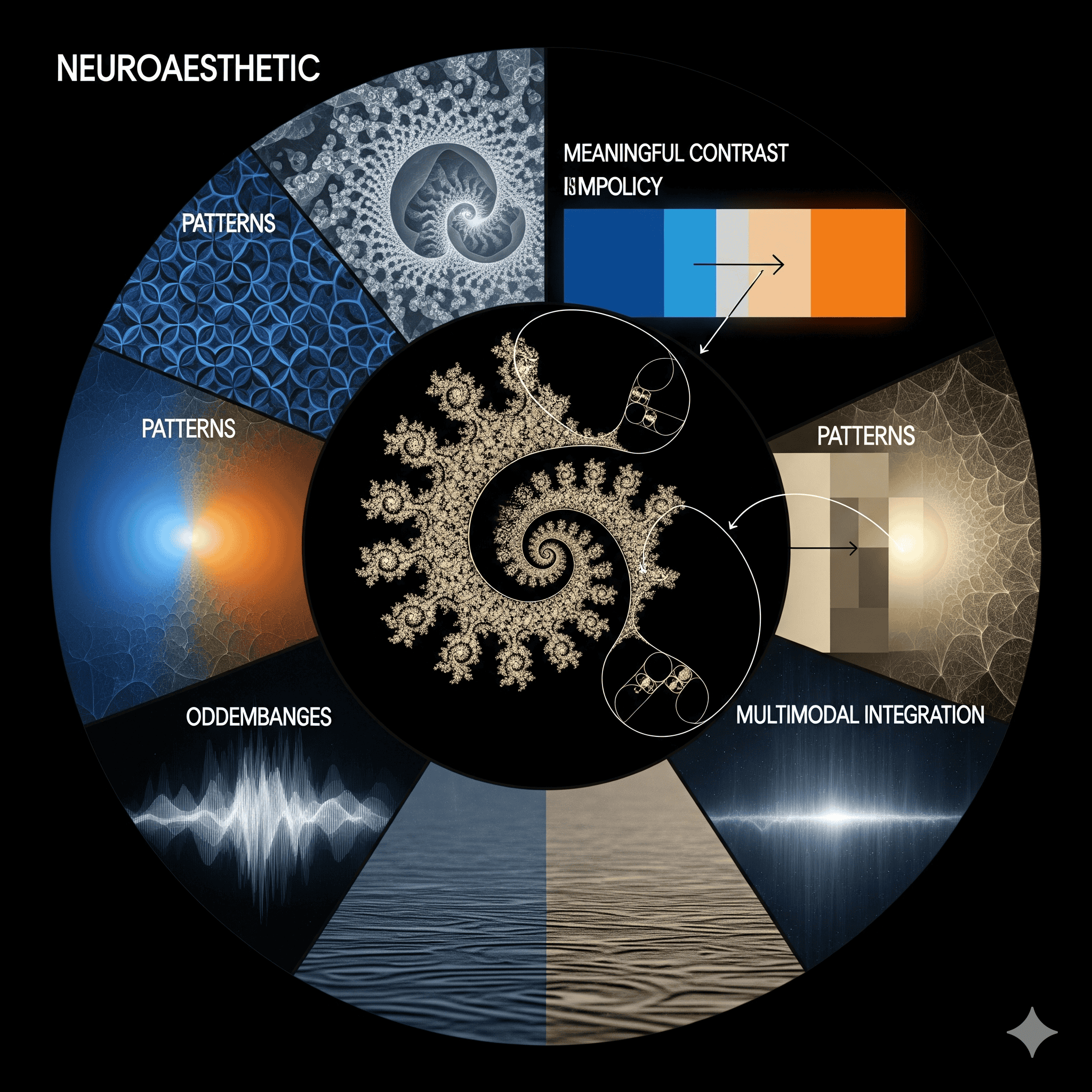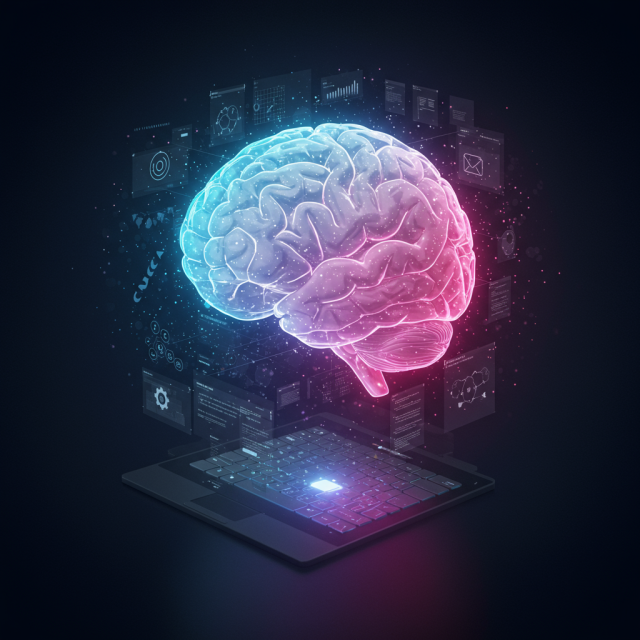What Is Neuroaesthetics?
Neuroaesthetics sits at the intersection of neuroscience and art, studying how sensory inputs are processed by the brain and translated into emotional experiences. Researchers use tools like functional magnetic resonance imaging to observe how regions of the brain light up when exposed to certain colors, patterns, and compositions. For designers, this data offers guidelines on which visual elements accelerate cognitive processing, elicit pleasure centers, or trigger memorable responses. Integrating these insights can elevate standard design practice into an evidence-based craft that moves users on a deeper level.
Why Neuroaesthetics Matters in Creative Design
Traditional design relies heavily on intuition and best practices, but neuroaesthetics provides measurable proof of what works. Studies reveal that optimized visuals can reduce cognitive load, increase dwell time, and boost conversion rates. In e-commerce, for instance, a neuroaesthetic approach to product imagery and page layout can improve purchase intent by up to 20 percent. Content platforms benefit too: readers are more likely to share articles accompanied by brain-pleasing visuals. When design decisions are supported by neuroscience, you minimize guesswork and unlock higher engagement across all touchpoints.
Brain-Based Design Principles

Several core principles guide neuroaesthetic design. First, the brain prefers patterns; consistency in typography and iconography fosters recognition. Second, the golden ratio and other harmonious proportions resonate naturally with our visual cortex. Third, a balance between complexity and simplicity keeps users intrigued without overwhelming them. Fourth, meaningful contrast—between color, size, or shape—directs attention toward calls to action. Finally, multimodal integration (combining visuals with subtle animations or sound) engages multiple sensory pathways, creating a richer, more memorable experience.
Color, Contrast, and Visual Salience
Color psychology is a subset of neuroaesthetics that examines how hues affect mood and behavior. Warm colors like red and orange can evoke urgency or excitement, while cool tones such as blue and green calm the mind. Contrast isn’t just about dark vs. light—it’s about making the crucial elements pop from the background. High visual salience guides the eye organically, so your primary message or CTA is seen first. Tools such as heat-map software and eye-tracking studies can validate whether your color and contrast choices are effectively capturing attention.
Layout, Hierarchy, and Eye Movement
Our eyes scan content in predictable patterns, often following an F-shaped path on text-heavy pages or a Z-pattern on visually driven layouts. Neuroaesthetic design maps critical information along these paths. For example, place the logo and navigation in the top-left quadrant, key insights in the upper right, and your CTA in the bottom right. White space isn’t wasted space—it gives the brain breathing room to process each element. By respecting visual hierarchy and scanning habits, you can ensure important details aren’t overlooked.
Emotional Triggers and Visual Storytelling
Stories are woven into our neural architecture—they engage mirror neurons that foster empathy and recall. Incorporating narrative elements in your design can be as simple as sequencing imagery that leads the user through an emotional journey. Use faces to tap into social cognition, and dynamic scenes to suggest motion and progress. When visuals align with the brand story, users internalize the message more deeply, making them likelier to form lasting connections and advocate for your brand.
Practical Tools and Techniques
Implementing neuroaesthetic design need not be abstract. Start with color-blind simulators to ensure accessibility while preserving contrast. Use eye-tracking plugins in your prototyping software to preview gaze patterns. Leverage design systems built on harmonic ratios for spacing and font sizes. A/B test microinteractions that draw attention—hover states, scroll-triggered reveals, and subtle animations. Finally, gather qualitative feedback through user testing sessions focused on emotional response, not just usability metrics.
Case Studies and Examples
Major brands are already tapping into neuroaesthetics. A prominent audio streaming service revamped its interface using data-driven color palettes and simplified navigation, resulting in a 15 percent boost in session length. An e-learning platform applied storytelling visuals and microanimations to guide learners, cutting bounce rates by 30 percent. Even print media can benefit: a magazine redesigned its layout according to eye-tracking insights, leading to increased ad recall among readers. These examples underscore the tangible ROI of brain-informed design decisions.
Future Trends in Neuroaesthetic Design
Advances in wearable EEG devices and augmented reality promise real-time feedback on user engagement. Machine learning algorithms may soon predict emotional responses to designs before launch. We’re also seeing growth in personalized aesthetics, where interfaces adapt color schemes and layouts based on individual neural profiles. As virtual and mixed-reality environments become mainstream, neuroaesthetics will guide three-dimensional spatial designs, optimizing immersion and comfort. Staying ahead requires designers to embrace continuous learning at the crossroads of art, science, and technology.
Conclusion
Neuroaesthetics offers a powerful framework for elevating creative design from subjective taste to scientific precision. By understanding how the brain processes visuals—through color, contrast, pattern, and narrative—designers can create experiences that captivate, persuade, and endure. Start small: test color variations, refine layouts based on gaze data, and craft microstories within your interfaces. As you integrate these brain-based techniques, you’ll unlock new levels of engagement and loyalty, positioning your work at the forefront of design innovation.
Learn more about: Sustainable Creative Design: Merging Eco-Friendly Practices with Aesthetic Innovation









